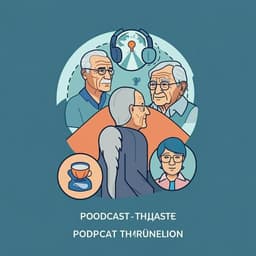
Sociology
Looking for a way out: The dynamics of slum life, poverty, and everyday resistance in Katherine Boo's *Behind the Beautiful Forevers*
N. Soliman
This research by Nada Soliman delves into the complex realities of urban informality and slum life in Katherine Boo's *Behind the Beautiful Forevers*. Discover how the daily struggles of slum dwellers intertwine with their powerful resistance to poverty and social exclusion, framed through a sociological lens.
~3 min • Beginner • English
Related Publications
Explore these studies to deepen your understanding of the subject.







